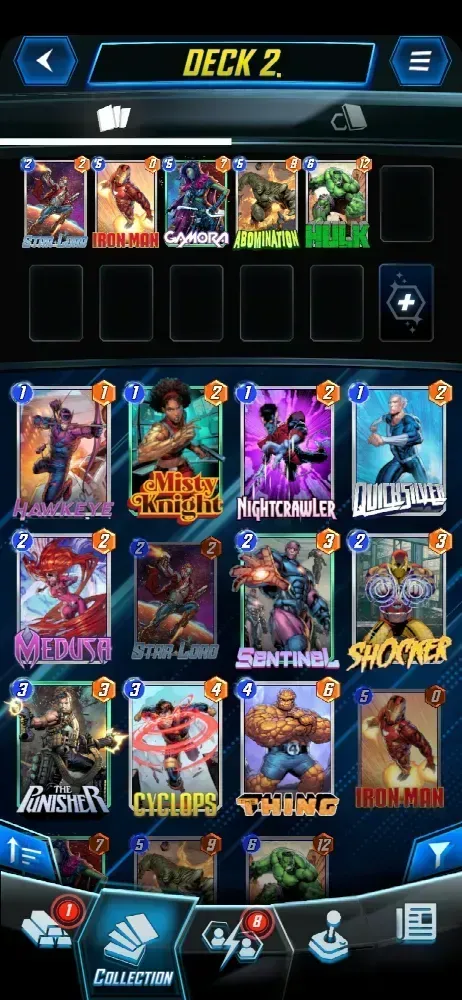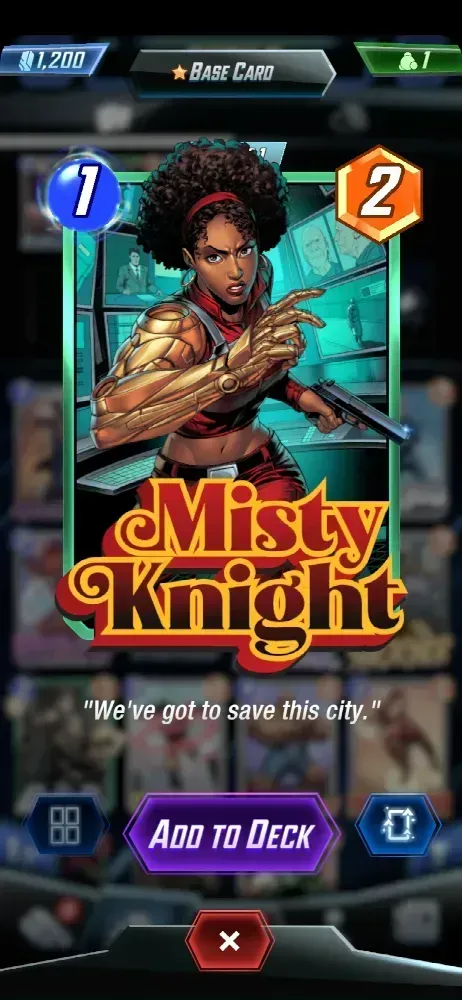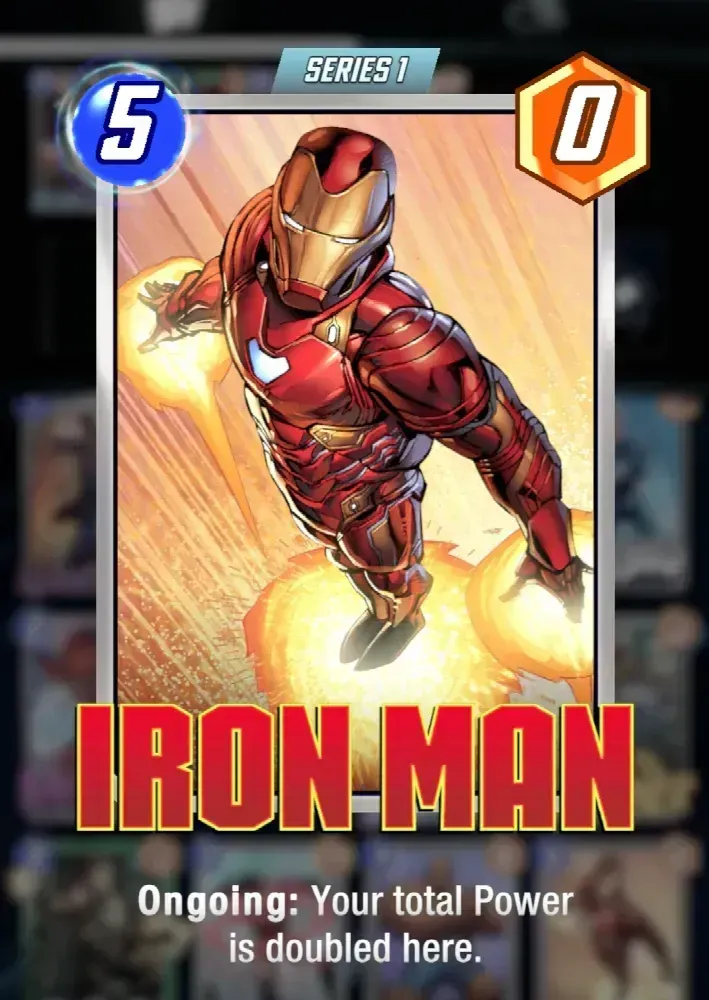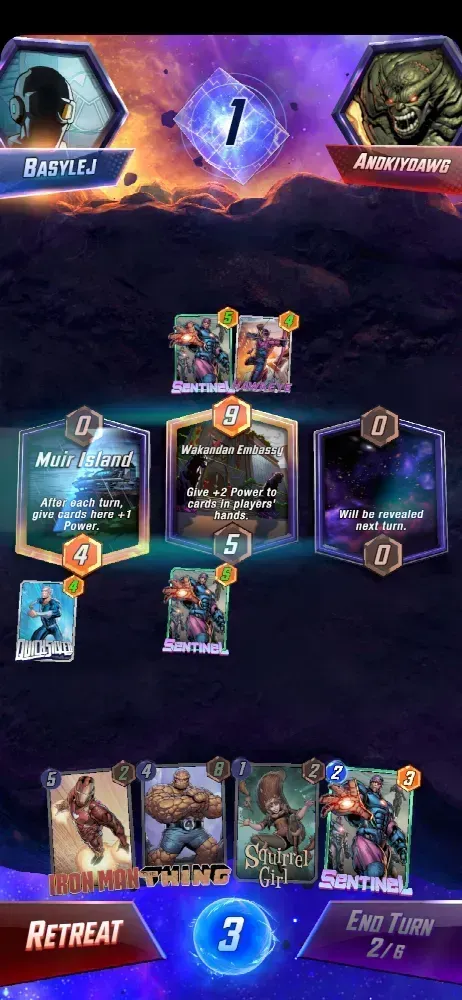MARVEL SNAP Deck Building Fundamentals and Battle System Breakdown

MARVEL SNAP introduces a fresh gameplay approach to the CCG realm, centered on beloved Marvel characters akin to Marvel Duel. However, it distinguishes itself with several key deviations, setting it apart from its genre counterparts.
An eminent disparity lies in the match dynamics and victory conditions. Snap amalgamates elements from popular titles within the genre while infusing its own distinct style and nuances. This results in a unique creation tailored for both casual and hardcore gamers alike. It offers brisk, exhilarating matches ideal for fleeting moments of leisure or for dedicated players seeking a new mainstay title.
Whether you identify as a casual enthusiast or a dedicated gamer, grasping the basics of MARVEL SNAP is paramount. This knowledge empowers you to assemble formidable decks and outmaneuver adversaries at every juncture.
Essentials of Deck Building


Your inaugural step in MARVEL SNAP involves crafting your maiden deck. Fortunately, the tutorial adeptly elucidates the process of adding and removing cards. However, it overlooks specific prerequisites which, although discernible, might bewilder newcomers, particularly those unaccustomed to CCGs.
Each Snap deck accommodates up to 12 distinct cards, barring duplicates. The cards’ effects and energy costs are immaterial, allowing unfettered deck customization within the stipulated guidelines. Nonetheless, adept players must strike a balance between potency and energy expenditure, recognizing that an excess of high-energy cards could jeopardize victory. Moreover, seemingly weaker cards often wield pivotal significance owing to their specialized effects.
Understanding Card Effects
When constructing your deck, prioritizing comprehension of card effects supersedes fixating solely on power values. These effects frequently dictate the outcome of engagements at different locations. Essentially, they confer an array of passive advantages, some enabling strategic maneuvers like mid-battle card repositioning, thereby reshaping tactics dynamically.

The effects of the cards manifest under certain conditions:
- On Reveal: Triggered when a card is unveiled at the conclusion of both players’ turns, distinct from merely placing it on the field initially.
- Ongoing: Sustained effects persist as long as the card remains face-up, subject to potential annulment by specific characters yet enduring for the match’s duration.
- Move: Facilitates the relocation of the issuing card or others on the field, its utility varying across different cards, with some even enabling manipulation of opponent cards.
- Destroy: Empowers cards to permanently eliminate others from the ongoing match.
- Discard: Mandates players to relinquish cards under specified conditions, merely returning them to the deck without outright destruction.
There may be other options.
Thus, strategic deck construction entails not only prioritizing high-power cards for late-game surges but also orchestrating synergistic effects to confound adversaries and secure early advantages.
Card Upgrades
Each card in MARVEL SNAP boasts a rarity classification spanning seven tiers: Common, Uncommon, Rare, Epic, Legendary, Ultra, and Infinity. These tiers are purely cosmetic, exerting no influence on card performance. However, card advancement constitutes the sole avenue for elevating your Collection Level, unlocking new cards, boosters, credits, and assorted rewards. Refer to our MARVEL SNAP progression guide for comprehensive strategies on enhancing your gameplay.

Card upgrades hinge on two primary components: credits and boosters. Credits serve as the game’s standard currency, employed for various transactions including card enhancement. Conversely, boosters are card-specific, acquired solely by integrating said cards into your deck and utilizing them during matches.
Each upgrade enhances the card’s rarity while embellishing its artwork with captivating cosmetic effects. Upon reaching Infinity rarity, a duplicated card is conferred, commencing at Common quality. Subsequent upgrades augment experience accumulation towards elevating your Collection Level.
Foundational Elements of Matches
Equipped with insights into deck construction and augmentation, let’s delve into the mechanics of combat within Snap.
In essence, each match revolves around positioning cards across three locations on the board to accumulate power and establish numerical superiority over your opponent. Victory entails dominating at least two of the three locations, necessitating mindful consideration of location-specific effects on card gameplay.
MARVEL SNAP matches unfold across six turns, granting incremental energy increments to facilitate deployment of progressively potent cards. Commencing with a solitary energy point in the initial turn, this escalates to two, then three, and so forth. Notably, unspent energy at turn’s end does not carry over, underscoring the importance of judicious energy allocation.

Both players commence with a draw of three cards. Concurrently, cards are placed by both parties, albeit revealed in an order determined by specific factors. Notably:
- Card reveals occur subsequent to both players completing their turn, mirroring the sequence of their placement.
- The order of card revelation aligns with the current leader’s perspective. The leading player unveils their cards first upon turn culmination, discernible by the illuminated name atop the screen.
Whilst much of the match revolves around strategic card deployment and power accumulation, the introduction of the SNAP feature injects a layer of psychological warfare. At any juncture, players can opt to SNAP, doubling the wagered cubes for the current match, potentially augmenting earnings or bluffing opponents with inferior hands.
Furthermore, players retain the option to retreat mid-duel, forfeiting the current wager while averting further cube losses if confronted with a feeble hand.
Armed with this knowledge, you’re primed to embark on your MARVEL SNAP endeavors, armed to conquer adversaries and emerge triumphant in every encounter. Share your own insights in the comments below!

